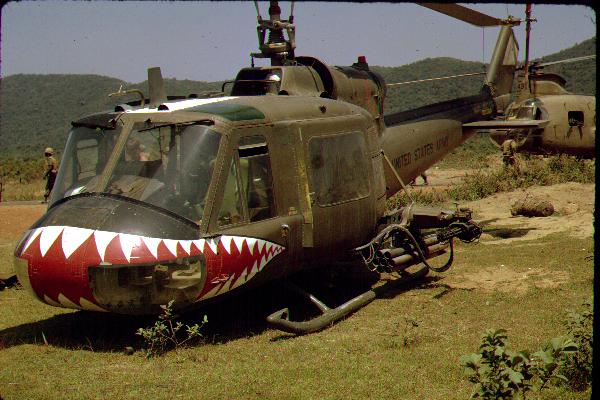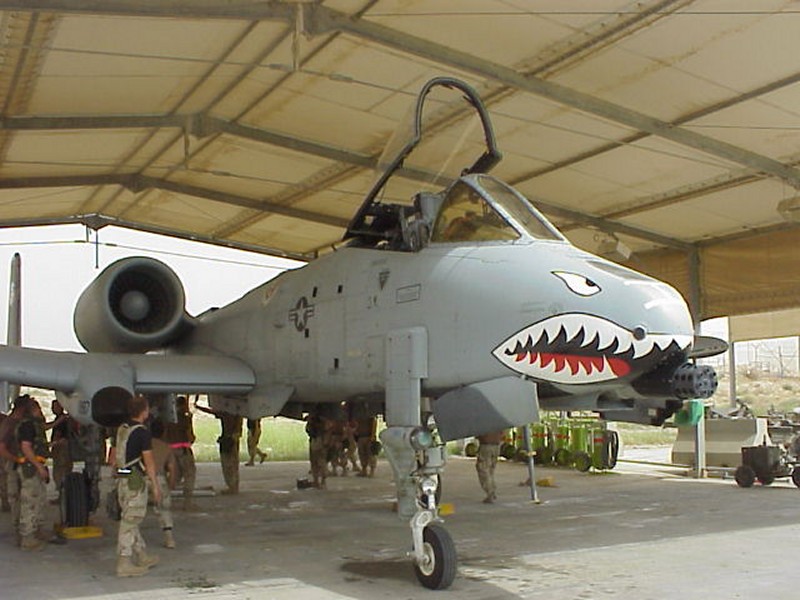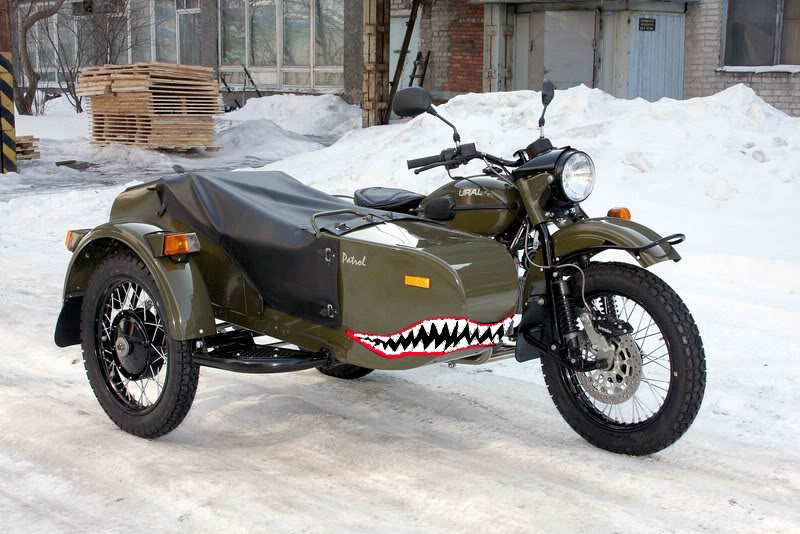Blackhorse":h246gjgp said:
And even though that German fighter WAS the first jet in combat flight and could go faster, by far, than any other plane in the sky at the time...the range SUCKED. It had a mission time so short it couldn't really fly escort. I guess it just took off from a field to meet the Allied forces and had like two of three passes in it before it ran out of fuel. But those figures are just from recollection, not actual research. I just remember seeing a Military Channel show on 'the 10 best' or something and that was the gist of what I remember.
Rob can likely fill us in on the real poop and scare it out of all the pilots.
A little history on the ME-262. I didn't write this, but felt that it was fitting for posting here per Commander BH's request.
You can imagine what the allies must have thought when the Me262 first appeared in the skies. Although it had a terribly slow takeoff run, once it got into the air, the "Sturmvogel" (German for Stormbird) was the fastest plane in the sky. At more than 530 MPH it was almost 100 MPH faster than anything the allies had.
Plans for the new jet were drawn up in 1939. The first flight was made on July 18th, 1942 and it first saw action in 1944. When it was first discussed, Hitler had ordered the planes to be built as ground attack bombers - a plane he could use to win the war. The designers instead turned them into defensive interceptor fighters. Hitler was furious, but by then it was too late.
Initially known as "Projeckt P.1065, the plane had a wingspan of 41 feet, a length of 34 feet 9 inches and a maximum speed of 541 MPH. The range was a limited 652 miles, but it was enough to reek havoc on allied bombers. The standard attack started high above and behind the bomber. The Jet would then dive down below the altitude of the bomber (picking up additional speed) then climb back up and open fire from behind.
The jet definitely had its problems: Hitting an allied bomber at high speed was difficult, but slowing down enough to get a good shot made you a sitting duck. Another shortcoming was that when it went into a dive, you couldn't exceed mach .86. The down trim would lock the plane into a dive that it couldn't pull out of.
The acceleration on takeoff was so slow that the jets were extremely vulnerable to enemy attacks during takeoff or landings (or while on the ground). Although more than 1400 Me262's were built, few of them actually saw action. Fuel was scarce and there were a limited number of pilots qualified to fly the "new" jet planes.
The engines were not very reliable (engine lifetime was 20-25 hours) and because the engines were mounted close to the ground, the planes were limited to concrete runways (the engines would set asphalt runways on fire...) When they finally did get airborne, they were armed with four 30mm MK-108 cannons, two 550 pound bombs and 24 2.2 inch rockets. The rockets were the primary weapon, devastatingly effective to bomber formations.
Although there were more than 1400 of the jets built - there were never more than 200 of them operational at any point in time. Fuel was scarce and very few pilots were able to transition to the jets very quickly. The jets were barely able to fly on 2 engines and flame outs were common occurances. The loss of an engine usually meant the loss of the plane and to top it off... no ejection seat - the planes were designed to be built quickly and inexpensively.
While it may not have been the best jet plane in the world, it was the first and from there, there was no way to go but up...

















